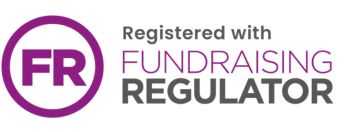Aims
Objective
To determine the prevalence of depressive symptoms among individuals with traumatic brain injury (TBI) and to identify predictors of depressive symptoms and psychological distress.
Design
A longitudinal study with assessments at 3 months, 1 year and 5 years after injury.
Subjects
A total of 118 individuals (29% females; mean age 32.5; range 16–55 years) with mild-to-severe TBI who were hospitalized in the Trauma Referral Centre from 2005 to 2007.
Methods
Self-report assessments using the Hospital Anxiety- and Depression Scale, the Symptom Checklist 90-Revised and the Fatigue Severity Scale. Injury severity, trauma scores, pain, fatigue, substance abuse and demographic characteristics were also recorded.
Results
The prevalence of depressive symptoms was 18% at 3 months, 13% at 1 year and 18% at 5 years after injury. Only 4% had persistent depressive symptoms at all time-points. At 1 year post-injury, anxiety, age, ongoing stressors and employment status predicted depressive symptoms (R2 = 0.43, p < 0.001), and ongoing stressors, employment status, fatigue and pain predicted psychological distress (R2 = 0.45, p < 0.001).
Conclusion
Psychosocial stressors and employment status contributed to depressive symptoms and psychological distress, whereas injury severity did not have any predictive value. The prevalence of depressive symptoms remained stable over time, emphasizing the importance of recognizing and treating depression early after the injury.
Headway's factsheet Depression after brain injury offers information on this topic, and provides tips for coping and guidance on where to seek professional support from.
Back









